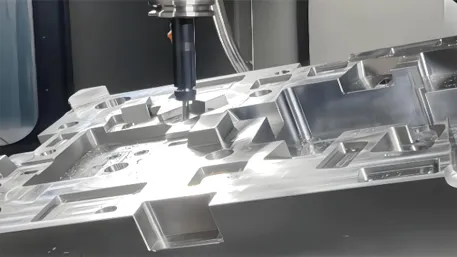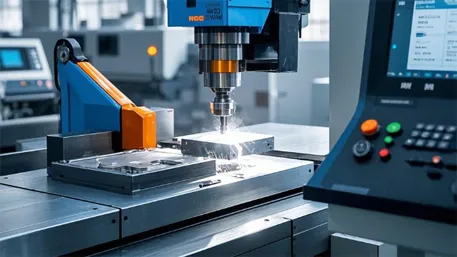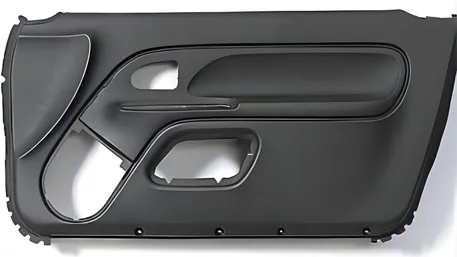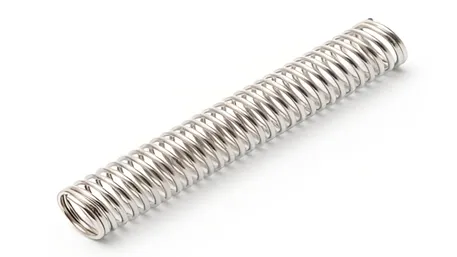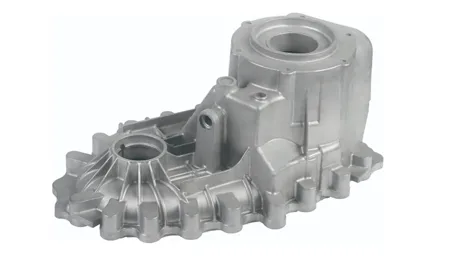In fields such as consumer electronics and precision instruments, transparent plastic shells not only serve a protective function but also play a crucial role in the product’s appearance texture and interaction experience. Traditional injection – molded transparent plastic shells have limitations in optical clarity, structural accuracy, etc. However, custom – made CNC – processed transparent plastic shells, through data – driven and precision manufacturing, achieve a leap from “basic protection” to the “integration of functional aesthetics”. The following will be analyzed from dimensions such as customization advantages and core processes.
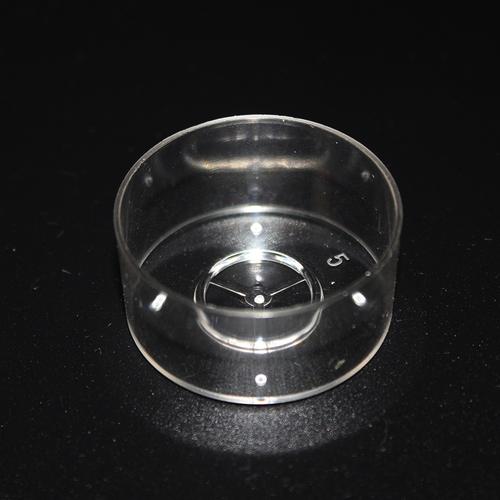
I. Why Do Traditional Transparent Plastic Shells Struggle to Meet High – end Requirements?
Q&A: What are the core advantages of custom – made transparent plastic shells?
Traditional injection – molded transparent plastic shells have three obvious shortcomings:
Insufficient optical performance: Injection molding processes are prone to defects such as weld lines and bubbles, resulting in a decrease in light transmittance (usually less than 85%) and an increase in haze (>3%), affecting the visual effect.
Limited dimensional accuracy: Affected by the mold shrinkage rate (1% – 2%) and injection – molding deformation, key dimensions such as hole positions and card slots have large tolerances (±0.2mm), making it difficult to fit precision components.
Low design flexibility: Complex curved surfaces, hollow structures, or fine textures are costly to manufacture in molds, restricting the realization of personalized designs.
On the other hand, custom – made transparent plastic shells focus on “precise optical and structural design”:
Optical – grade quality: Using high – performance materials such as PMMA and PC, through CNC precision milling and polishing processes, a light transmittance of ≥92% and a haze of <1% can be achieved, reaching the clarity of optical lenses.
High – precision fit: Five – axis CNC processing ensures a dimensional accuracy of ±0.01mm, ensuring a tight fit with internal components. For example, the gap between the mobile phone lens protective shell and the camera module is controlled within 0.05mm.
Free realization of creativity: It supports designs such as complex curved surfaces, gradient colors, and micro – structure textures. Through 3D modeling and CAM programming, designers’ ideas can be transformed into physical objects.
II. How Does the Core Process of Custom – made Transparent Plastic Shells Achieve Breakthroughs?
Five – axis Precision Cutting
Due to the low melting point and easy – deformation characteristics of transparent plastics, high – precision five – axis CNC equipment is required:
High – speed milling: Using a high – speed spindle of 18000 – 24000rpm, combined with small – diameter tools (Φ0.5 – Φ3mm), heat generation during cutting is reduced to avoid material melting and deformation, and the surface roughness is controlled at Ra≤0.8μm.
Dynamic angle processing: Through the linkage of the A/B axes (±45° rotation), complex curved surfaces can be formed in one go. For example, for the double – curved surface shape of a watch case, the contour accuracy reaches ±0.005mm.
Vacuum adsorption clamping: Vacuum suction cups (suction force ≥ 80kPa) are used to fix thin – sheet parts (thickness 0.5 – 2mm), avoiding mechanical scratches and reducing clamping deformation.
Optical – grade Surface Treatment
Multiple polishing processes: From rough polishing (1200 – mesh sandpaper) to fine polishing (5000 – mesh wool wheel), and then to chemical polishing (PMMA – specific polishing solution), tool marks are gradually eliminated, and finally a mirror effect is achieved, with a surface roughness of Ra≤0.2μm.
Coating process: Vacuum coating (PVD) or chemical coating is used to deposit anti – scratch and wear – resistant layers (hardness ≥ 3H), anti – fingerprint layers (contact angle ≥ 110°), or anti – reflection films (light transmittance increased by 3% – 5%) on the plastic surface.
UV curing treatment: The surface coating is subjected to UV curing (wavelength 365nm, energy 800mJ/cm²) to improve the adhesion and durability of the coating.
Full – process Data Closed – loop in CNC Processing
Programming stage: When generating tool paths using UG/CAM software, the cutting stress distribution is simulated, the processing sequence is optimized, and a margin of 0.1 – 0.3mm is reserved for subsequent polishing.
Processing execution: Parameters such as cutting force (threshold 5N), spindle vibration (≤0.02mm), and cutting temperature (<60℃) are monitored in real – time. When an abnormality occurs, the feed rate is automatically adjusted, and the tool life is increased by 40%.
Inspection link: A coordinate measuring machine (CMM) is used to detect key dimensions, a laser interferometer is used to measure flatness (≤0.01mm), and a haze meter is used to detect optical properties. The data is uploaded to the MES system in real – time.
III. Quality Control: Stringent Verification of the Whole Chain from Materials to Finished Products
Multi – dimensional Performance Testing System
Material – level screening:
For PMMA materials: Test light transmittance (≥92%), Rockwell hardness (M90 – M105), and heat distortion temperature (≥90℃).
For PC materials: Conduct impact resistance testing (falling – ball impact ≥ 50J/m²) and flame – retardant grade testing (UL94 V – 0).
Finished – product – level testing:
Optical properties: Detection of light transmittance, haze, and color difference (ΔE≤1).
Structural strength: Static pressure testing (no deformation under 50N pressure), drop testing (no damage after 6 – face drops from a height of 1.5 meters).
Durability: Salt spray testing (no corrosion in a 5% NaCl solution for 24 hours), UV aging testing (no yellowing after 500 hours of light exposure).
Intelligent Defect Prevention Technology
The first – piece five – inspection system: The programmer, operator, quality inspector, process engineer, and equipment operator jointly confirm 18 indicators such as dimensions (±0.01mm) and surface quality (no tool marks, bubbles).
AI visual full – inspection: A linear array camera completes surface scanning in 0.3 seconds. Deep – learning algorithms are used to identify scratches (length > 0.5mm) and impurities (diameter > 0.2mm), with a missed – detection rate of <0.01%.
IV. How to Balance Efficiency and Cost in Small – batch Customization?
Q&A: Does customized production mean high cost and low efficiency?
Through three major process innovations, the customization cycle is shortened by 50% and the cost is reduced by 30%:
Modular process library: Establish feature modules such as buckles, card slots, and bosses. 70% of the processing parameters can be reused for similar products, and the programming time is reduced from 8 hours to 2.5 hours.
Automated flexible production: Robots automatically change tools (tool – change time < 5 seconds) and load and unload materials, enabling mixed – line production of multiple varieties in small batches (50 – 500 pieces), with an equipment utilization rate of 85%.
Tool life prediction: The tool life is predicted through cutting – force spectrum analysis (such as 150 pieces / edge for processing), and the system automatically triggers tool – changing to avoid an increase in the scrap rate due to tool wear.
V. Core Considerations for Choosing Custom – made Transparent Plastic Shells
Guarantee of optical quality: The supplier should provide light transmittance and haze test reports to ensure that optical – grade standards are met.
Technical compound ability: Have the full – process capabilities of five – axis CNC processing, optical polishing, coating treatment, etc., to meet different functional requirements.
Rapid response ability: From drawing confirmation to sample delivery ≤ 15 days, supporting rapid product iterative development.
Conclusion
The value of custom – made transparent plastic shells lies in defining “optical precision” with data and realizing “functional aesthetics” with processes. In the trend of consumer electronics pursuing extreme thinness, lightness, and visual experience, and precision instruments emphasizing protection and observation performance, customized solutions with “data – driven design + precision manufacturing processes” are becoming the key to product differentiation competition. Whether it is the transparent texture of a mobile phone protective shell or the clear protection of an instrument window, custom – made transparent plastic shells will endow products with unique charm and reliable performance with “micron – level precision”.
(Contact us immediately to obtain an exclusive transparent plastic shell customization plan and free optical performance analysis)

